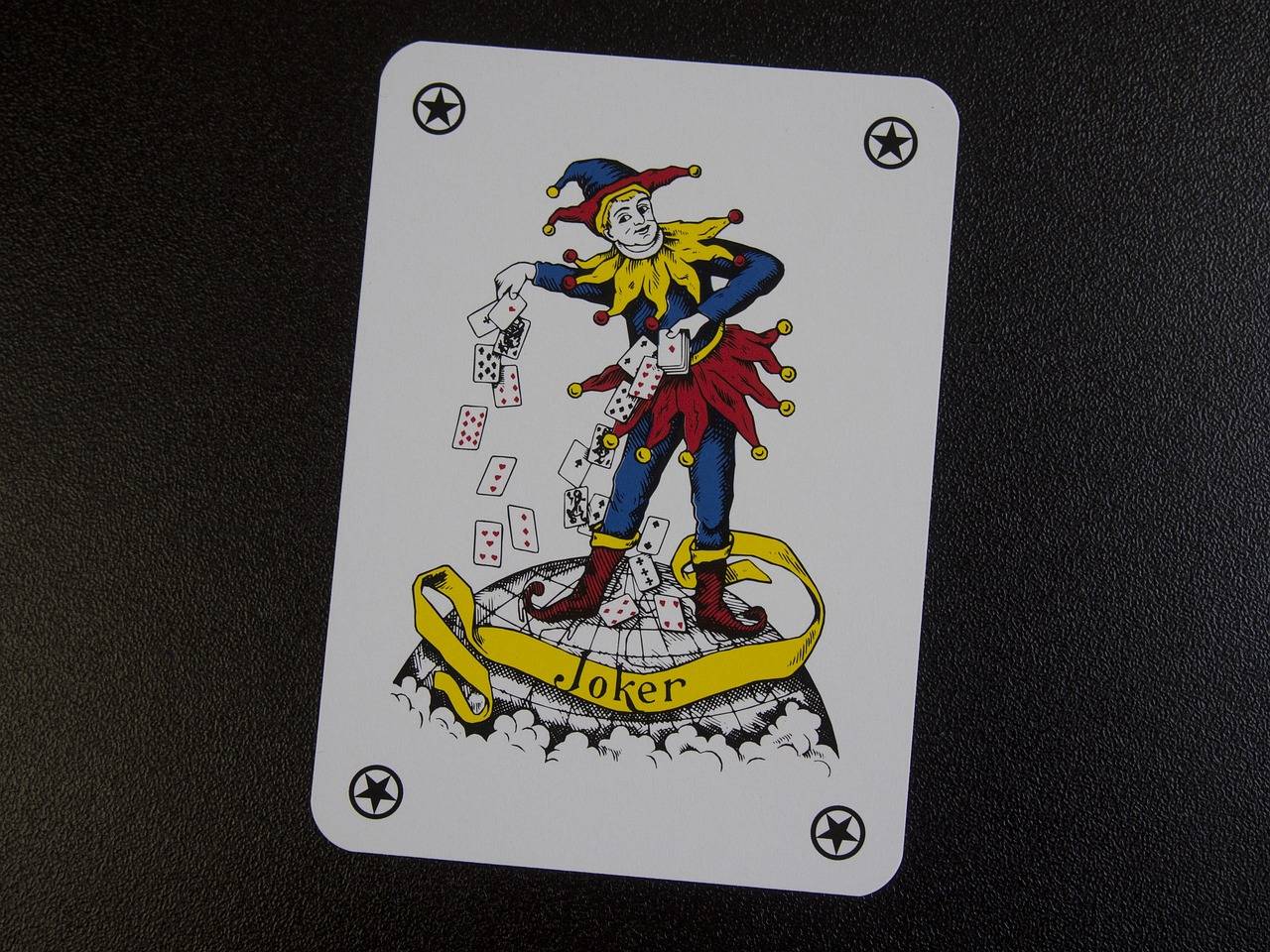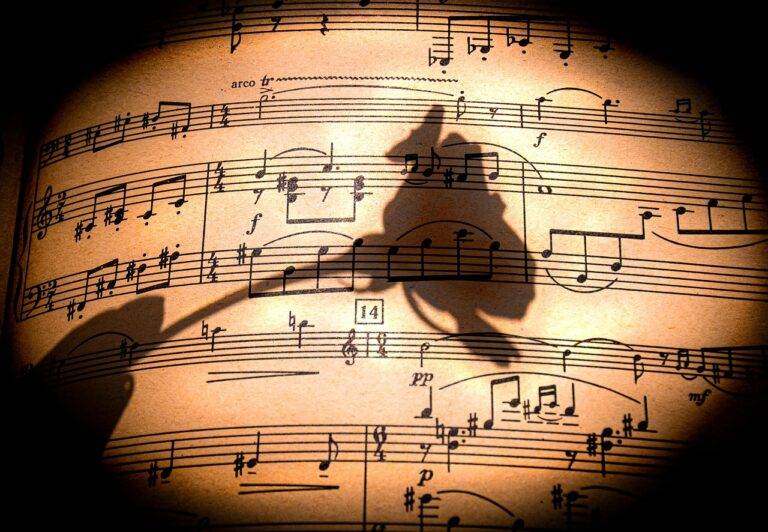Gender Representation in Hollywood: Breaking Stereotypes and Shifting Narratives
Casting decisions in the entertainment industry have often been a subject of scrutiny, particularly when it comes to gender bias. While progress has been made in recent years towards more diversity and inclusivity in casting, there are still instances where bias can be observed.
One common example is the tendency to cast male actors in leading roles, while female actors are often relegated to supporting or stereotypical characters. This perpetuates the notion that male actors are more marketable or capable of carrying a film, while female actors are seen as less important or valuable. This disparity in casting decisions not only limits the opportunities available to female actors but also reinforces outdated gender stereotypes in the industry.
Evolution of Female Characters in Film
In recent years, there has been a noticeable shift in the portrayal of female characters in film. Gone are the days of one-dimensional, stereotypical roles that solely revolved around the female character’s relationship to a male counterpart. This evolution has been driven by a growing demand for more diverse and complex representations of women on screen.
Female characters now occupy a wider range of roles, from strong and independent leads to complex supporting characters with their own story arcs and agency. This change not only reflects a more nuanced understanding of gender dynamics but also contributes to a richer and more inclusive cinematic landscape. Through these evolving portrayals, female characters are increasingly depicted as multifaceted individuals with their own goals, strengths, and vulnerabilities.
What is gender bias in casting decisions?
Gender bias in casting decisions refers to the unequal treatment or opportunities given to actors based on their gender. This can result in fewer roles and limited character development for female actors in comparison to their male counterparts.
How have female characters evolved in film over the years?
Female characters in film have evolved from one-dimensional stereotypes to complex and empowered individuals with agency and depth. They are now portrayed as strong, independent, and multidimensional characters with their own motivations and storylines.
Why is the evolution of female characters in film important?
The evolution of female characters in film is important because it reflects the changing attitudes and values of society towards gender equality. It provides more diverse and realistic representations of women and promotes a more inclusive and balanced portrayal of gender roles in media.
What are some examples of empowered female characters in film?
Some examples of empowered female characters in film include Katniss Everdeen from “The Hunger Games”, Ellen Ripley from “Alien”, and Wonder Woman. These characters are strong, capable, and independent, challenging traditional gender norms and stereotypes.





